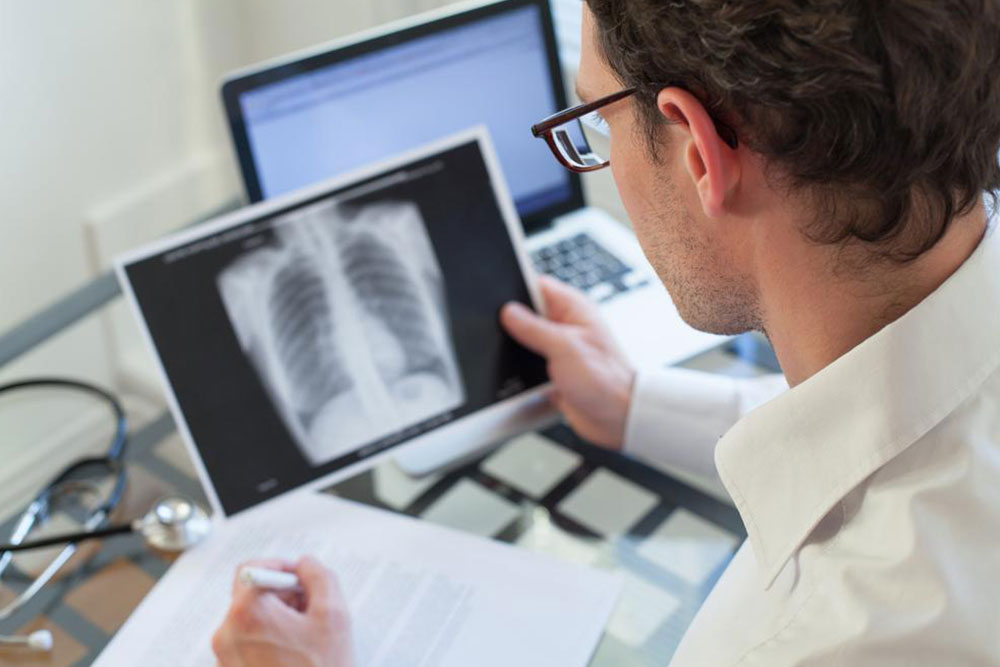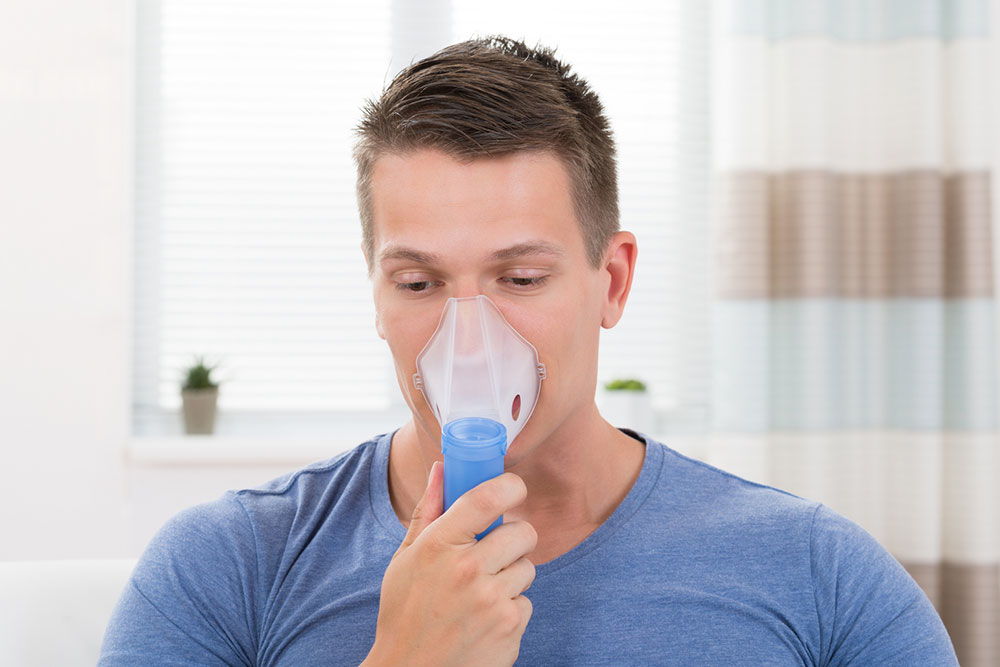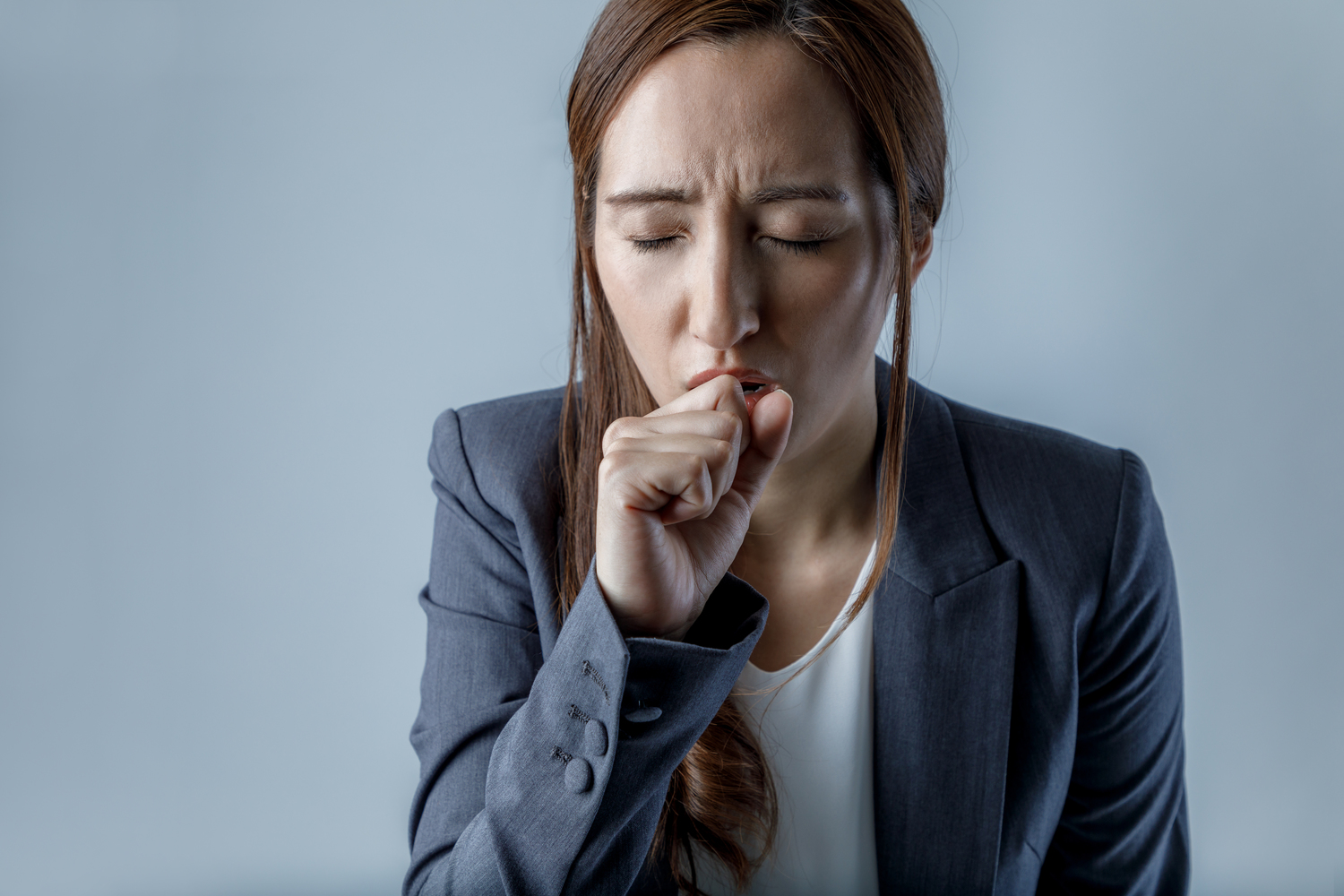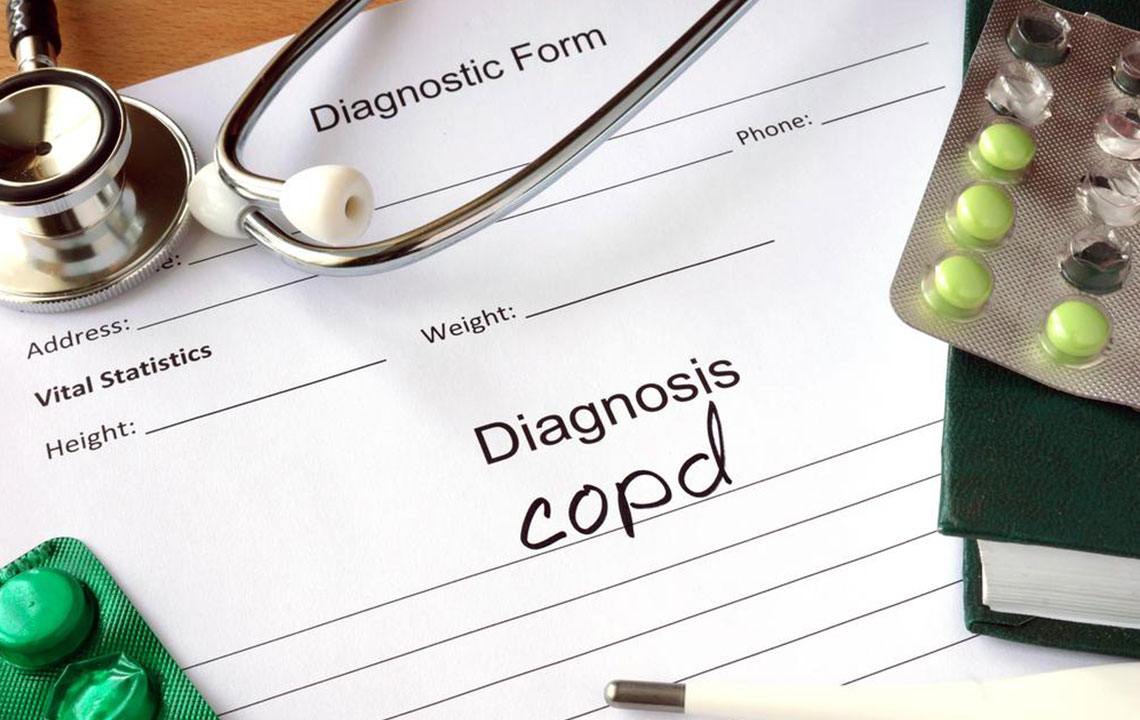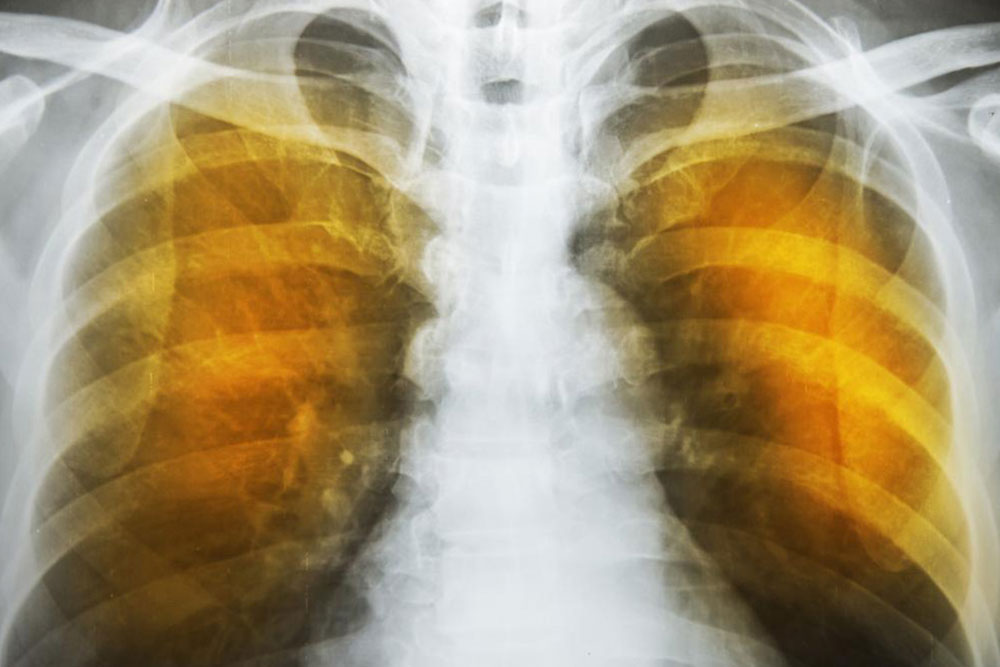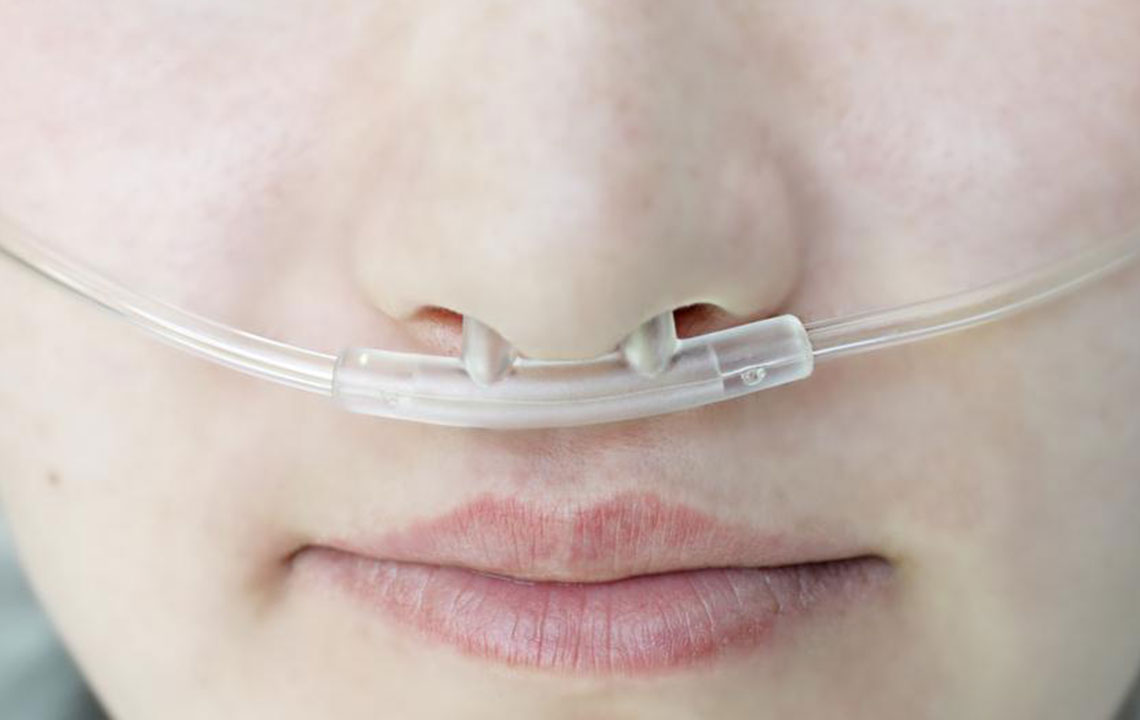A Comprehensive Guide to Chronic Obstructive Pulmonary Disease (COPD)
This article offers an in-depth overview of COPD, its causes, symptoms, and treatment options. Learn about risk factors, early signs, and available therapies to manage this chronic lung disease effectively. Essential for patients, caregivers, and health enthusiasts seeking comprehensive information.
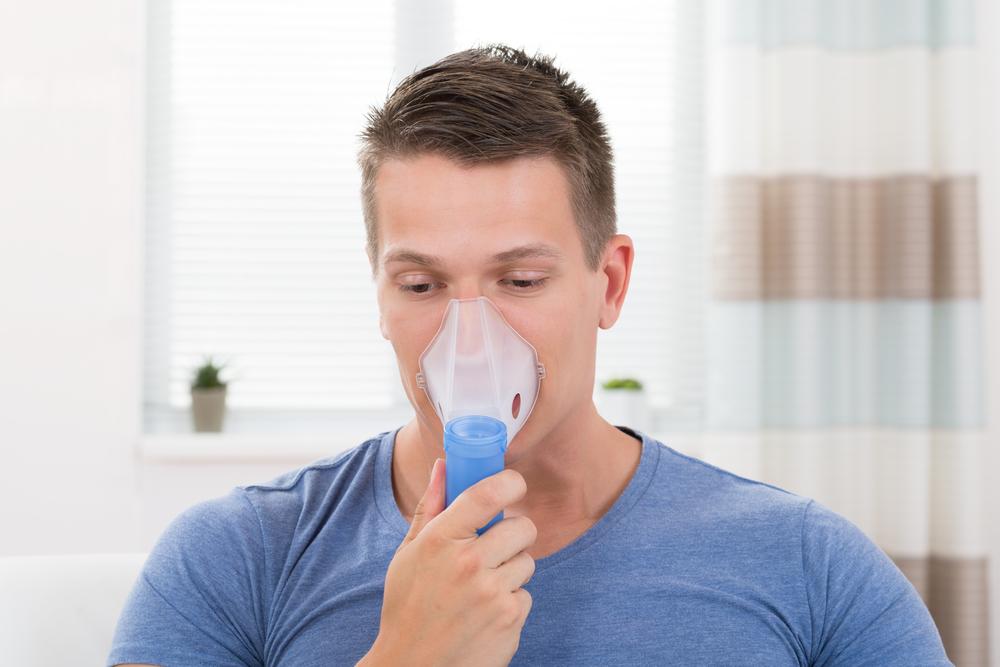
Understanding Chronic Obstructive Pulmonary Disease (COPD)
Chronic obstructive pulmonary disease (COPD) is a progressive lung condition characterized by airway inflammation that hampers airflow. It ranks as the third leading cause of mortality worldwide. The disease primarily involves chronic inflammation of the bronchioles, which carry air to the alveoli, and can also affect the alveolar walls, impairing lung function. Developing with age, COPD causes constriction in airways, making breathing difficult and disrupting normal respiratory processes.
Causes of COPD
The primary cause is prolonged smoking.
Studies show that 20% to 30% of long-term smokers are at risk of developing COPD during their lifetime.
Non-smokers can also be affected, especially through passive exposure to cigarette smoke. Use of pipes and cigars can also contribute to the disease.
Genetic factors, such as a deficiency in alpha-1-antitrypsin—a protein vital for protecting lung tissue—may play a role. This genetic abnormality affects both adults and children, impairing lung health.
Symptoms of COPD
Early signs of COPD are often subtle and mistaken for common colds. Common initial symptoms include:
Persistent cough
Frequent throat clearing, especially in the mornings
Shortness of breath or dyspnea
As the disease advances, symptoms worsen and may include:
Wheezing, chest tightness, and increasing breathlessness
Intermittent fevers and fatigue
Excess mucus in the lungs
Nighttime coughing
Infections from fluid buildup in the lungs
Later signs may involve:
Swelling in ankles, legs, or feet
Weight loss and loss of appetite
Extreme fatigue and difficulty speaking or moving
Gray or bluish nails indicating low oxygen levels
Treatment Options
Oxygen therapy uses portable devices to supply supplemental oxygen, supporting breathing during sleep and daily activities.
Rehabilitation programs offering counseling and exercise routines can help improve quality of life naturally.
Surgical Interventions
Surgical options like lung transplants are considered for severe cases resistant to medication, enabling easier breathing.
Bullectomy involves removing large air spaces formed due to alveolar destruction, easing lung function.
Note:
Our blog provides informative content across various health topics for educational purposes. While our research aims to offer accurate insights, it should not replace professional medical advice. Users are encouraged to consult healthcare providers for diagnosis and treatment options. We are not responsible for discrepancies or updates in medical data across different sources, nor for any offers or schemes not covered here.

